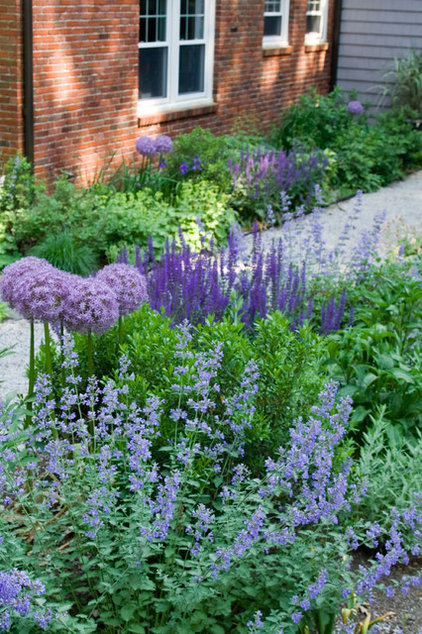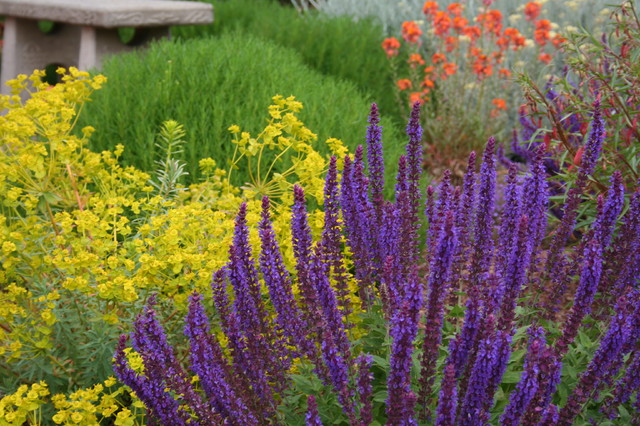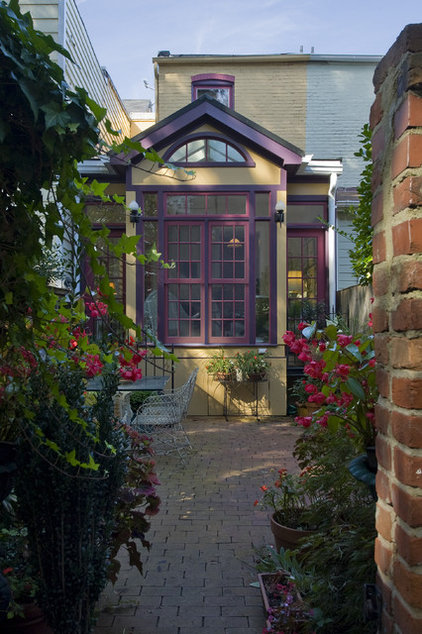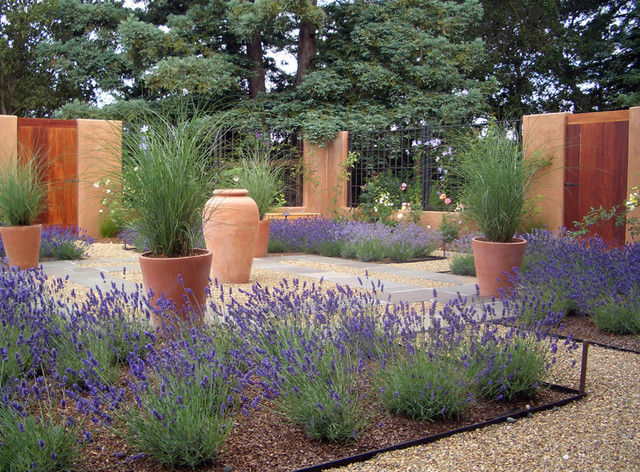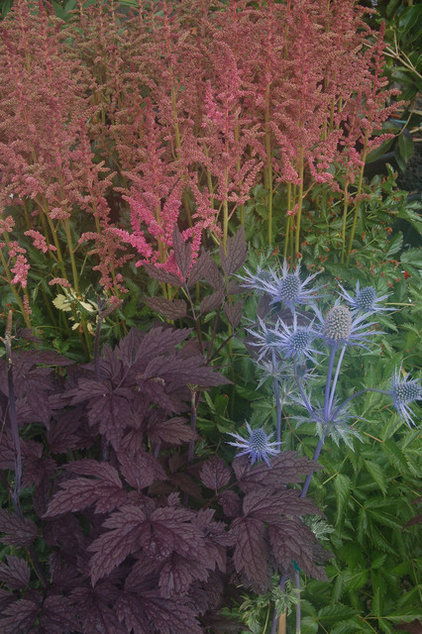Golden Ratio Beauty
You evaluate Golden Ratio beauty by measuring the proportions of an object or person and determining mathematically how close the ratio is to the Golden Ratio.
Golden Ratio: Understanding the Math
The first step to understanding the Golden Ratio is to realize the accepted full number is 1.618033989, although it can continue forever. People usually round up the number 1.62. Doing so doesn't alter the number's value. This number is unique because it's infinite. It has no ending and it never repeats itself.
You can't use an infinite number as a whole number or a fraction. In mathematical terminology, 1.62 is an irrational number because its properties don't conform to rational number expectations. These unique properties make the Golden Ratio a perfect number or more aptly, the number of perfect creation. People perceive this perfection as beautiful.
Historical Value
You perhaps already know and may be surprised to learn that you've even used the Golden Ratio in geometry. The common term for this ratio is phi (Φ), not to be confused with pi (π).
It's Everywhere, in Everything
Scientists, mathematicians, musicians, artists, and sculptors have all proven over the centuries that you can find the Golden Ratio in everything, even our solar system. Nothing is exempt from this mathematical truism. This phenomenon brought the mathematician, Euclid (300 B.C.) to the conclusion that this ratio was divine.
Why Golden Ratio Is Important
It isn't enough to simply recognize that the Golden Ratio exists. Its value has many practical applications. This golden number occurs naturally in all of life. It's the math that holds our universe together because it's responsible for creating balance and symmetry. That's why people use it as a measuring stick for perfection and endless beauty.
leonardo's vitruvian man
"We know very little about Leonardo’s apprenticeship in Verroccio’s workshop, but the short account provided by Vasari confirms that it included architectural and technological design, according to a concept that was being revived on the model of Vitruvius, as reproposed by Alberti" (Pedretti 14). Having had access to Alberti’s and Vitruvius’ treatises, it is no surprise that Leonardo produced his own version of the Vitruvian man in his notebooks.
This rendering of the Vitruvian Man, completed in 1490, is fundamentally different than others in two ways: The circle and square image overlaid on top of each other to form one image. A key adjustment was made that others had not done and thus were forced to make disproportionate appendages:
“Leonardo’s famous drawings of the Vitruvian proportions of a man’s body first standing inscribed in a square and then with feet and arms outspread inscribed in a circle provides an excellent early example of the way in which his studies of proportion fuse artistic and scientific objectives. It is Leonardo, not Vitruvius, who points out that ‘If you open the legs so as to reduce the stature by one-fourteenth and open and raise your arms so that your middle fingers touch the line through the top of the head, know that the centre of the extremities of the outspread limbs will be the umbilicus, and the space between the legs will make and equilateral triangle’ (Accademia, Venice). Here he provides one of his simplest illustrations of a shifting ‘centre of magnitude’ without a corresponding change of ‘centre of normal gravity’. This remains passing through the central line from the pit of the throat through the umbilicus and pubis between the legs. Leonardo repeatedly distinguishes these two different ‘centres’ of a body, i.e., the centers of ‘magnitude’ and ‘gravity (Keele 252).”
This image provides the perfect example of Leonardo's keen interest in proportion. In addition, this picture represents a cornerstone of Leonardo's attempts to relate man to nature. Encyclopaedia Britannica online states, "Leonardo envisaged the great picture chart of the human body he had produced through his anatomical drawings and Vitruvian Man as a cosmografia del minor mondo (cosmography of the microcosm). He believed the workings of the human body to be an analogy for the workings of the universe."
Golden Ratio in Art
Upon its discovery, people put the Golden Ratio to the test in everything. Nature, music, architecture, art and even the human form were discovered to repeat this mathematical proportion of infinite perfection. People began to apply the symmetry of the Golden Ratio to create buildings, sculpture and other forms of art. Leonardo Da Vinci understood the Golden Ratio's importance and used it in practical applications to create beauty with his art.
You can see one of the best examples of the Golden Ratio application in Da Vinci's famous drawing, the Virtruvian Man. Upon close examination, you'll discover that he used the Golden Ratio of 1.62 to create the physical drawing of the male body. By following the Golden Proportion math, Da Vinci was able to create a drawing of the perfect human male.
How Golden Ratio Beauty Is Determined
As you can see, by understanding the math behind it, you can measure any object or person to determine if it's symmetry correlates to that dictated by the Golden Ratio. Depending on the results, you can mathematically evaluate just how beautiful the object or human being truly is. The closer the physical ratio is to the Golden Ratio, the more beautiful it becomes.The human face is one of the most commonly evaluated by using the Golden Ratio. If the eyes, nose, mouth, facial shape and even the teeth match-up to the proper ratio, then the person is determined to be beautiful. Test subjects have proven that the human subconscious mind recognizes this rule for judging beauty. Da Vinci's Mona Lisa is a prime example of practical application of the Divine Ratio to create beauty.
Beauty Is Symmetry
Symmetry is the art of harmony and balance between the proportions of an object and the space it occupies. The object itself can be judged beautiful by applying the ratio principles.
Example: Creating Golden Ratio Symmetry
To create a Golden Ratio symmetry design for your fireplace mantle using candles, you'll need to place the same configuration of number, order of height, color of candles and spacing of the arrangement on both sides of the mantle.
You'll need to visualize the mantle as two rectangular shapes. The mantel's horizontal line serves as the bottom line. Draw a vertical line from each end, another vertical line from the center and a top line parallel to the mantle line. Place a candle inside the left rectangle. This forms a new triangle within the rectangle. Measure the height of the candle and the width to the rectangle's vertical line. Adjust candle placement until it's within the Golden Ratio. This ratio will need to be 1.62. You'll repeat this process with each candle placed within the rectangle to form a triangle with a Golden Ratio. You'll end up with a perfectly balanced mantel that mirrors its opposite side.
Beauty in the Eye of the Beholder
When it comes to the Golden Ratio and the human face, a person is subconsciously recognized as beautiful based on a comparison of facial features, placement and distance between features. When a person's face is close to the Golden Ratio, human beings recognize the person as being beautiful. The perfect human smile is created when the two front teeth recreate the Golden Rectangle of which you can create a Golden Triangle that in turn creates a Golden Ratio. In this sense of usage, the Golden Ratio becomes the deciding factor of beauty. You can apply it to all things. The closer the mathematical equation of an object is to the Golden Ratio, the more beautiful it is.






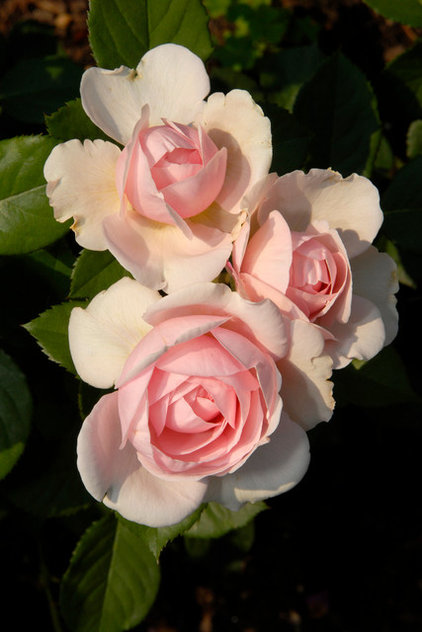

![[image]](http://si.wsj.net/public/resources/images/OB-WP796_BrushG_D_20130307193010.jpg)














